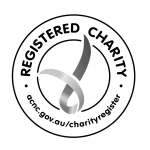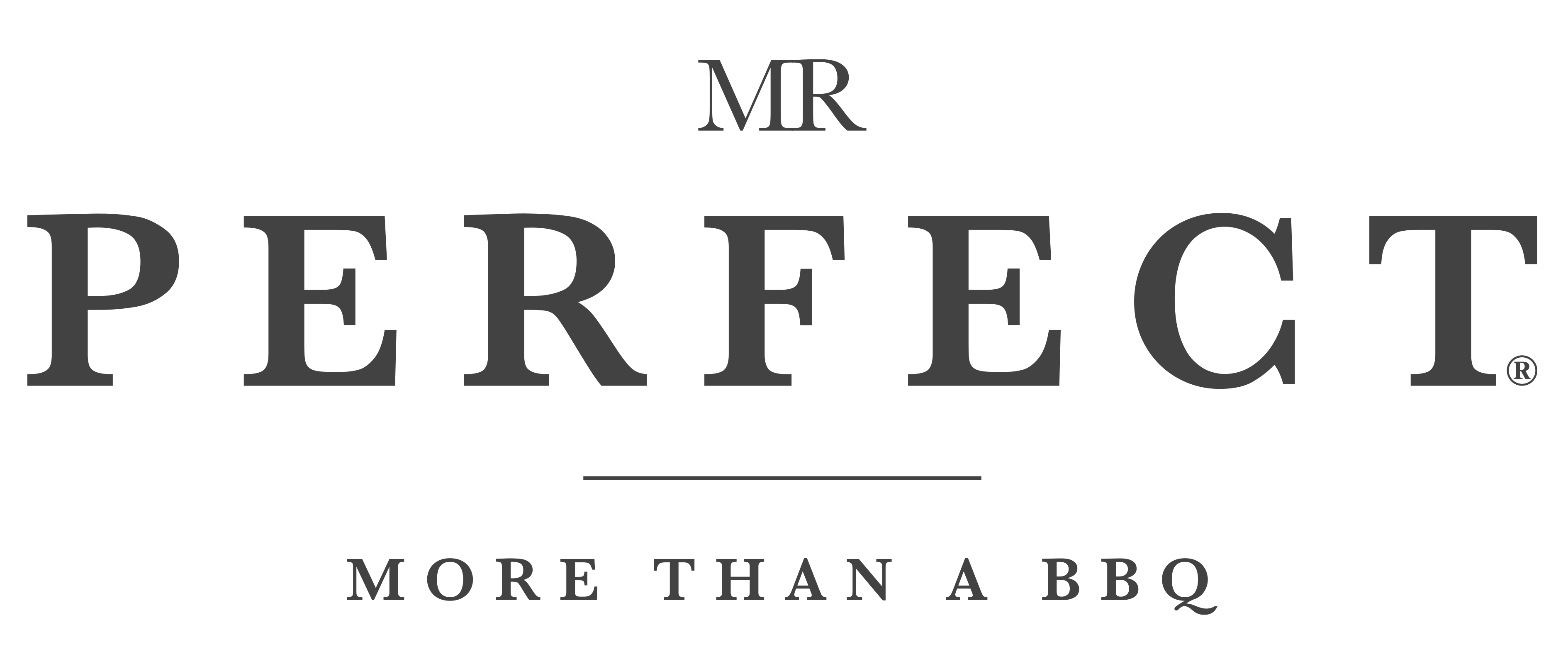The feedback from creating and posting versions of the Mental Health Landscape in Australia has been huge. Immediately I learnt personally that this is a growing space with increased activity in the past few years.
One of the comments I received I took with extra importance, from Sebastian Robertson, Chairman of Batyr. We have never met (yet) but are Linkedin “buddies” and his opinion has great weight with me considering his experience and work with Batyr.
He asked what were my takeaways or learnings and that got me thinking much deeper than just putting together the landscape visually.
To be clear, these comments are not scientific, academic nor are they taken to be the gospel, but simply my initial reflections and findings.
Research
- Google is my friend – this was my main tool of choice, simply using different keywords to find the organisations, with Instagram coming in second, being able to leverage our Mr. Perfect account, it’s followers and Instagram’s own algorithm which naturally tells you “Suggested” accounts, that for example, may be involved in mental health
Creation
- Categorising the organisations was difficult, there is no formal guide or key for categories and at least initially I simply divided differentiated in my head by clinical versus non-clinical, and that’s how the list begun – I ended up coming up with my own (loose) categories
- In my day job I work with clinical healthcare services and professionals so the natural temptation to include other clinical services was there but I did not
- When is an organisation classed as a mental health one? I did not put any strict rules around their entity, eg. authorised charity by the ACNC, incorporated association, a public company, social enterprise etc – but some organisations’ work in mental health is not their main or sole focus but a part of what they do – in these scenarios I tried to judge whether the majority of what they did was mental-health related
Demographics
- Women – there were a distinct lack of female-focussed organisations, but as Sebastian also surmised to me, there are probably more that we aren’t aware of that lean to mother support and post-natal support – he also amazed at the lack of eating disorder space but conceded it is incredibly complex and credits the work the Butterfly Foundation do, as well as the fact this is also not an area of my expertise so my research is tiny here – however Sebastian suggested a few of importance:
- Project Rocket in Melbourne
- Liptember – fundraiser on general women’s health
- As well as few others already captured such as Zero2Hero in WA
- To note, most are often focused on implementation in their community rather than general awareness
- Indigenous – there appears to be a huge lack of indigenous-focussed support, but as Sebastian helped me see, they are likely less formally structured and more community-based
- Lived Experience – there has been a clear stratospheric rise in organisations that reach communities in a comfortable, accessible way and have great social media reach, awareness and campaigns
- The flip-side – Having said the above, it is clear there are downsides to this groundswell of movement such as unifying these new groups and bridging the gap between them and the more formal, traditional organisations that deal heavily in policy, scale and consistent measurement of impact so that we know we are delivering positive, effective and safe programs across the board
Governance
- This area is not my expertise but from the basic research I did it was clear that for the smaller organisations at least (I am guessing) do not have a central authority that governs their work – the balance between being personal and human versus structured education and advice (that is verified) is a tight-rope – this spawns the question, who decides what is effective and what is the measurement at various levels of support?
- The variance in organisation entity is broad, and some groups are setup purely to raise money for other larger mental health organisations, an area any future or existing governing body should be across in case for example, they may not have insurance or fundraising licences etc.
Feedback
- Overall the general comments and feedback on the Landscape Snapshot has been incredible
- Some of the not so incredible comments have suggested, like in any other traditional sector, there is a sense of competition and some cynicism as to what type of support and organisation is most effective – as with any socially-led movement in any sector, cliques can form and end up being counter-productive and not in the spirit of good mental health and collaboration
Summary
Ultimately was posting this Landscape Snapshot helpful? My gut says yes for those working in the sector, including healthcare professionals, but perhaps for those needing to directly access support (which was not the original intention) the sheer number and varying resources of each could / is confusing and without verification of impact of each where appropriate and finding the right balance of governance, it could create detract from the end goal of better mental health.
It’s also been positive to see how engaged people have been with this landscape snapshot. Whilst I have endeavoured to capture all the information that I have come across, I know that I have missed many great organisations working in our communities across Australia.
This is a positive thing and I will continue to update the landscape to try and capture this with your input!
What we must now collectively focus on is working together to ensure the best services and care for those in need, especially given the complexity of navigating the system.
A huge thank you to Sebastian Robertson for prompting this reflection and for his editing!
Article image courtesy of https://www.lostateminor.com



